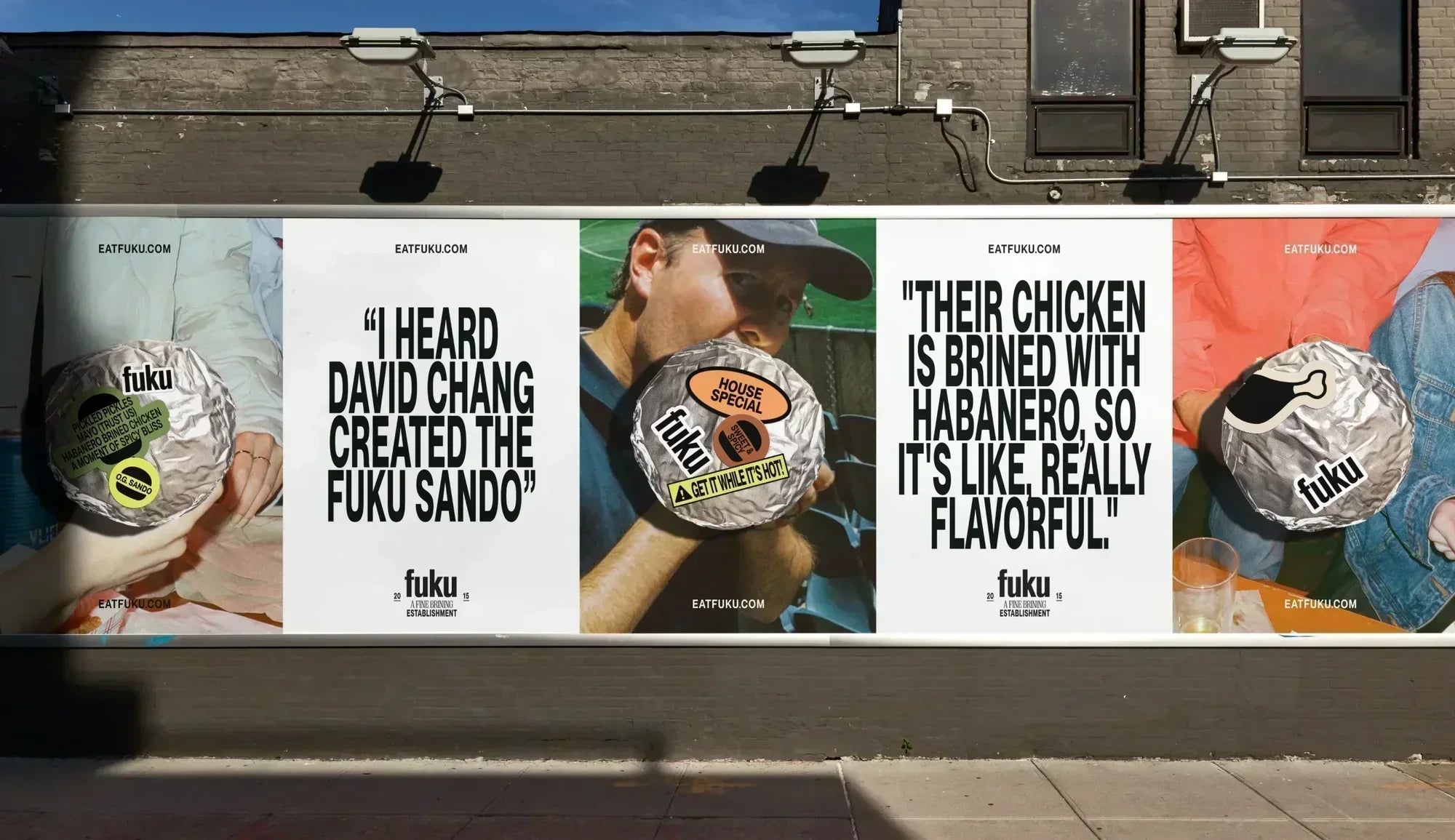Right Serif Italic
Right Serif is a funky multitool, a spiced up workhorse that stretches between being highly functional and having a unique personality.
Free to try
Licenses start at $40
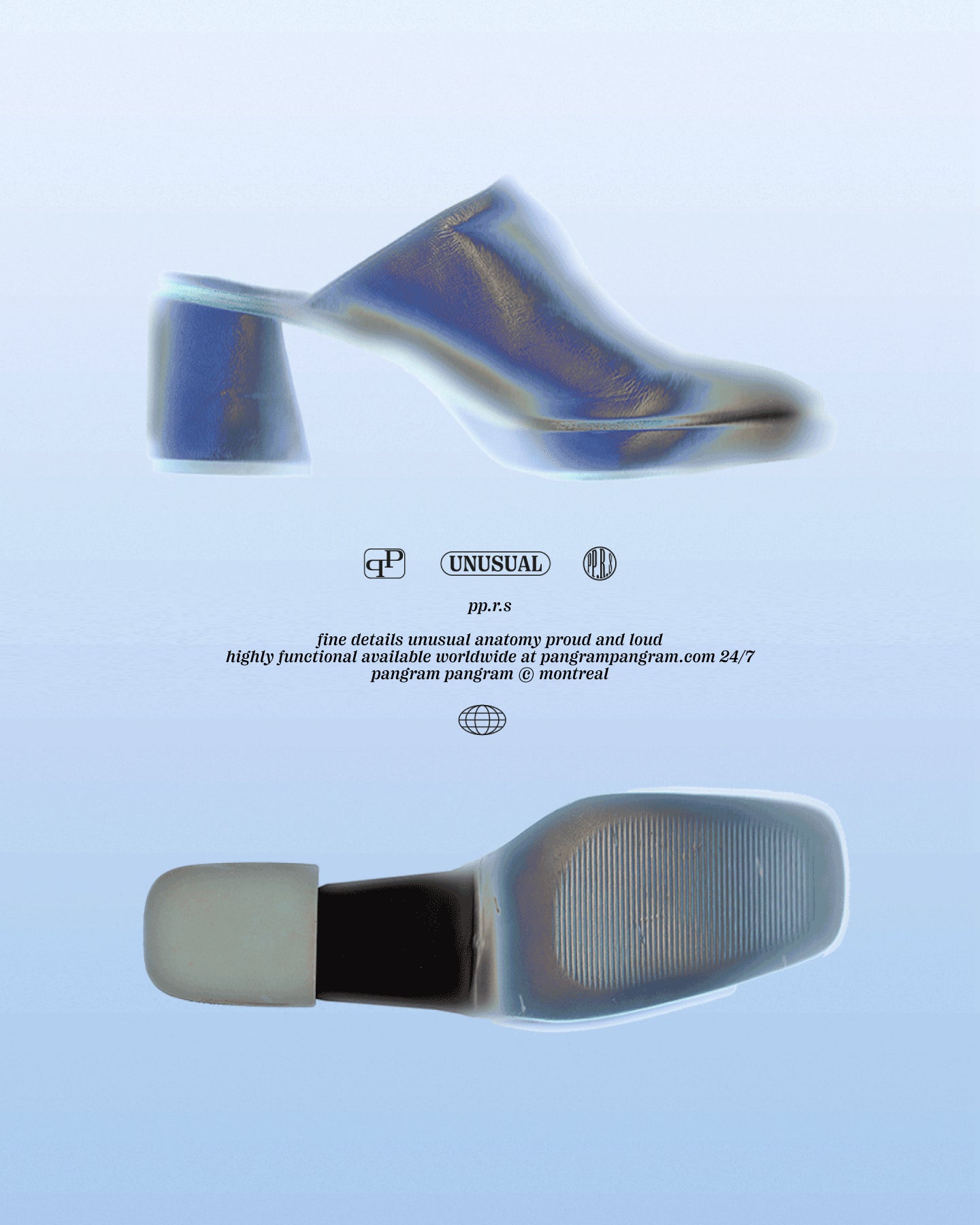
Right Serif Italic style list
7 Styles
01234567
{(!@#$?&)}
01234567
{(!@#$?&)}
- Fine 100
- Light 200
- Regular 340
- Medium 470
- Bold 620
- Dark 770
- Black 900
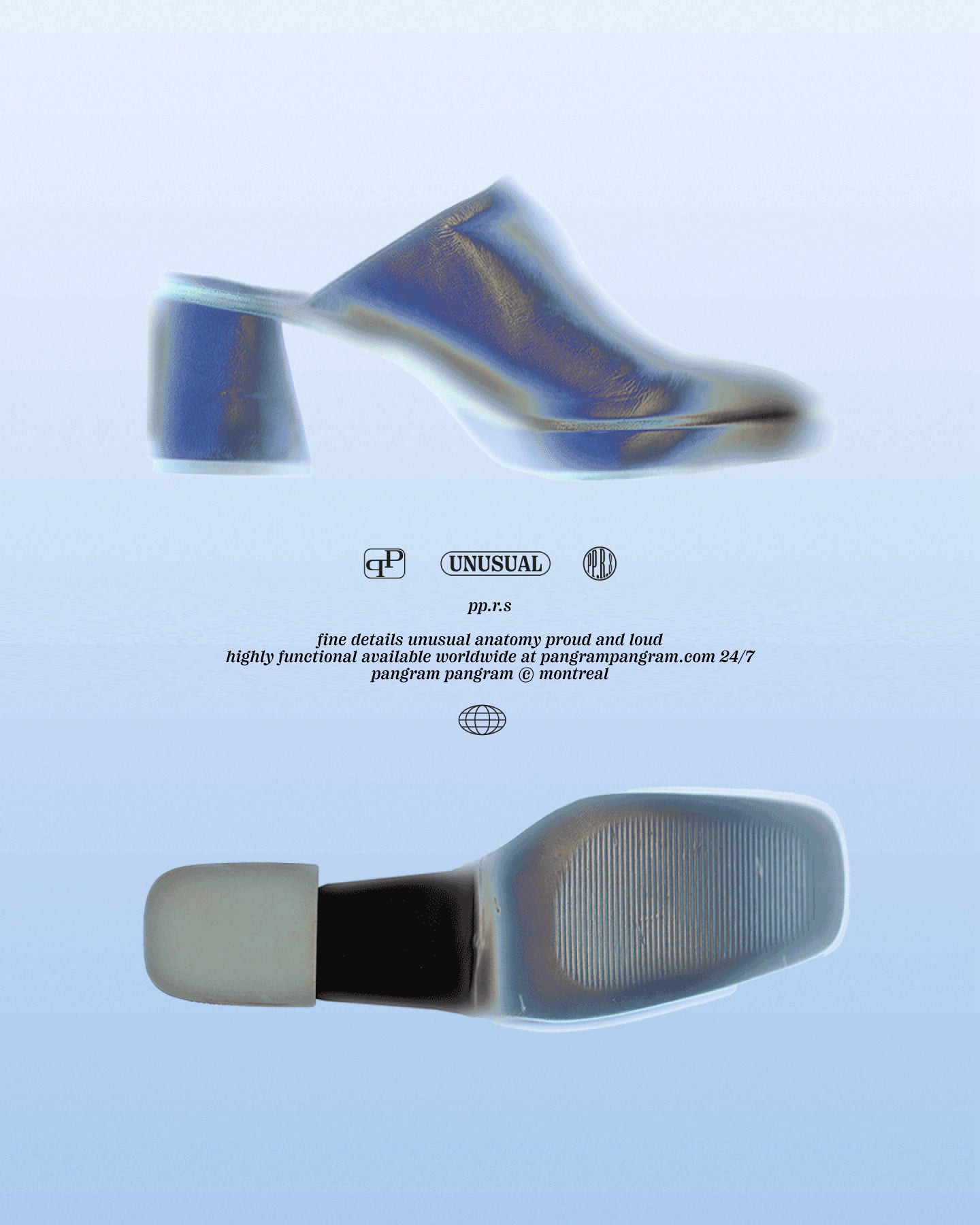
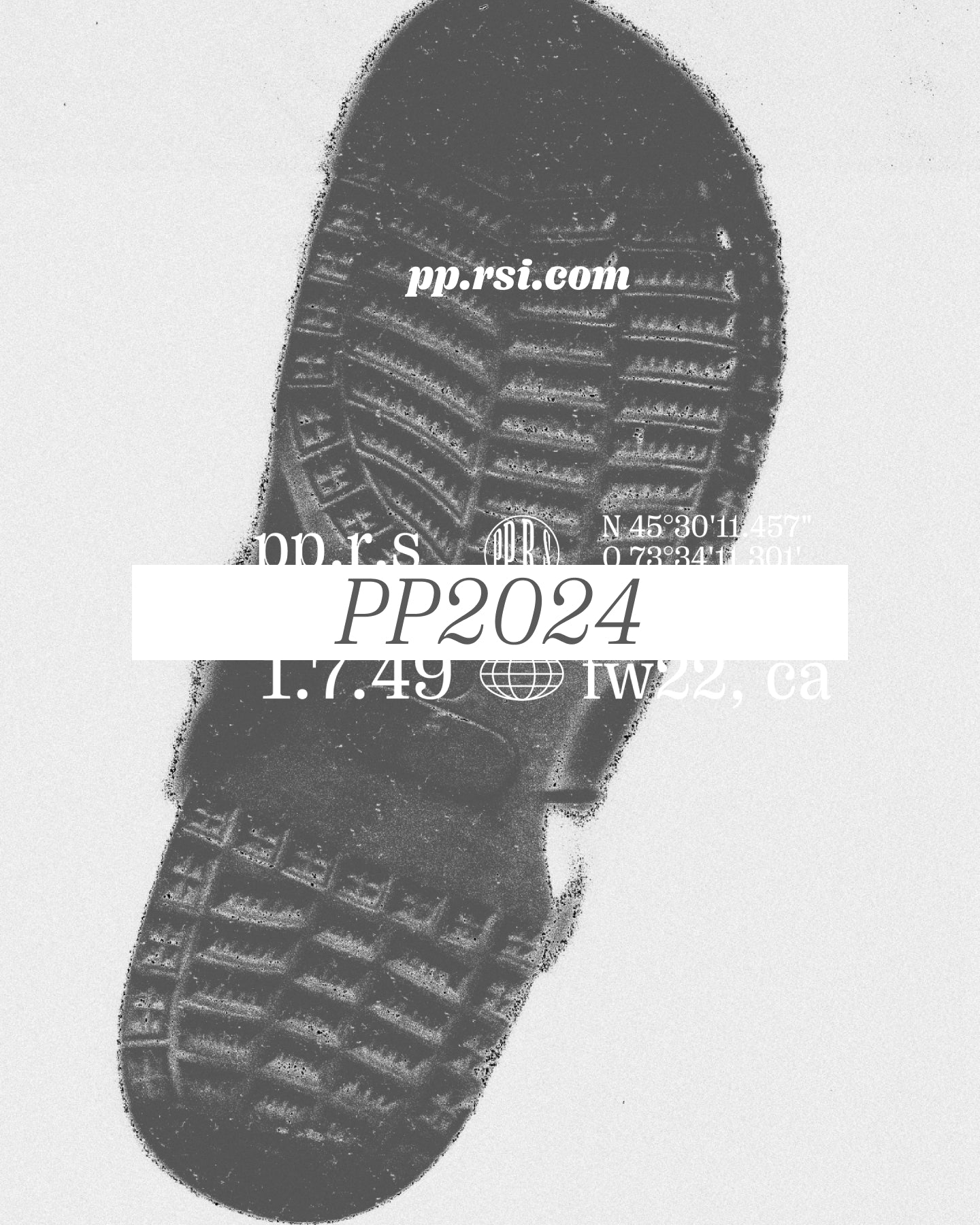
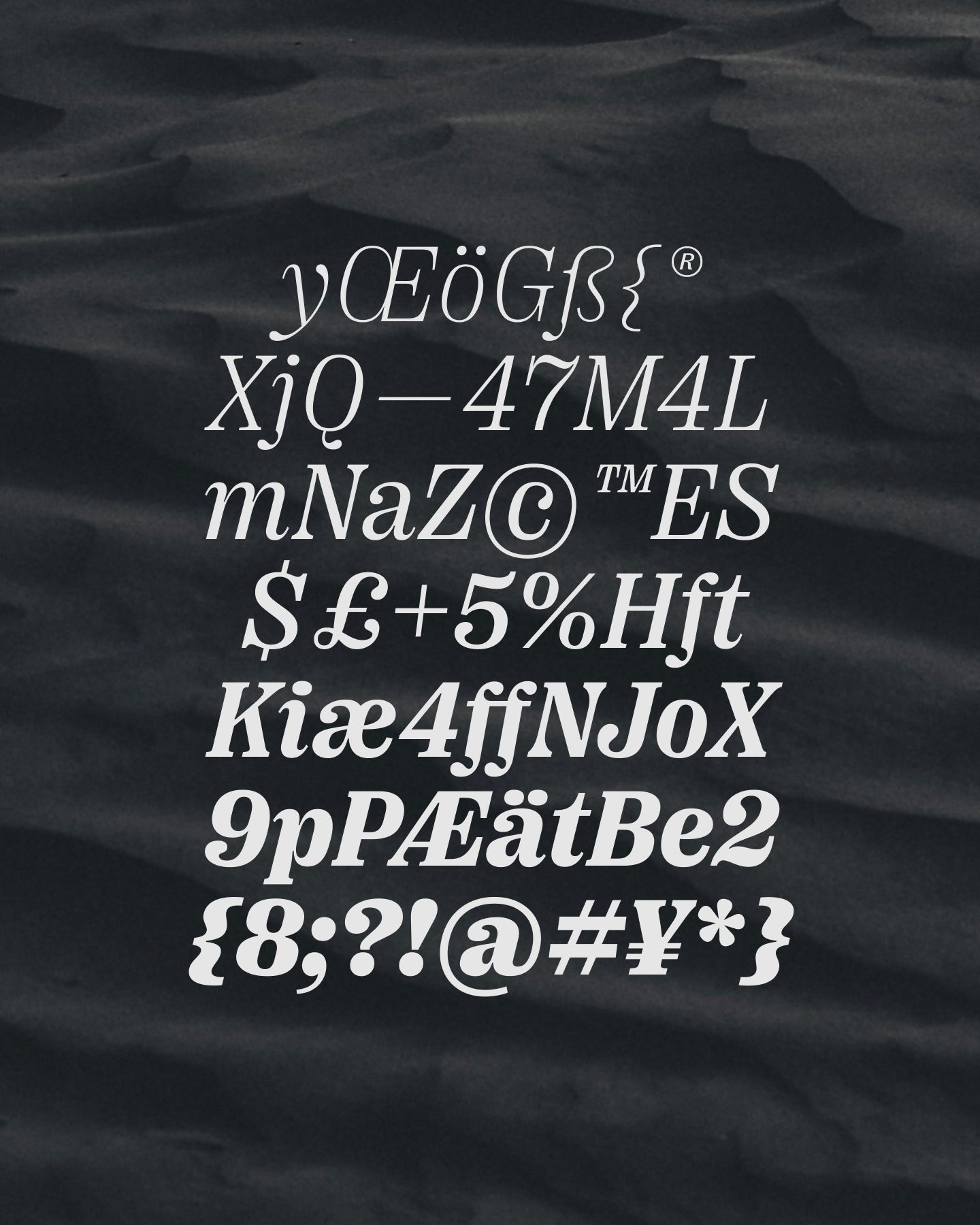
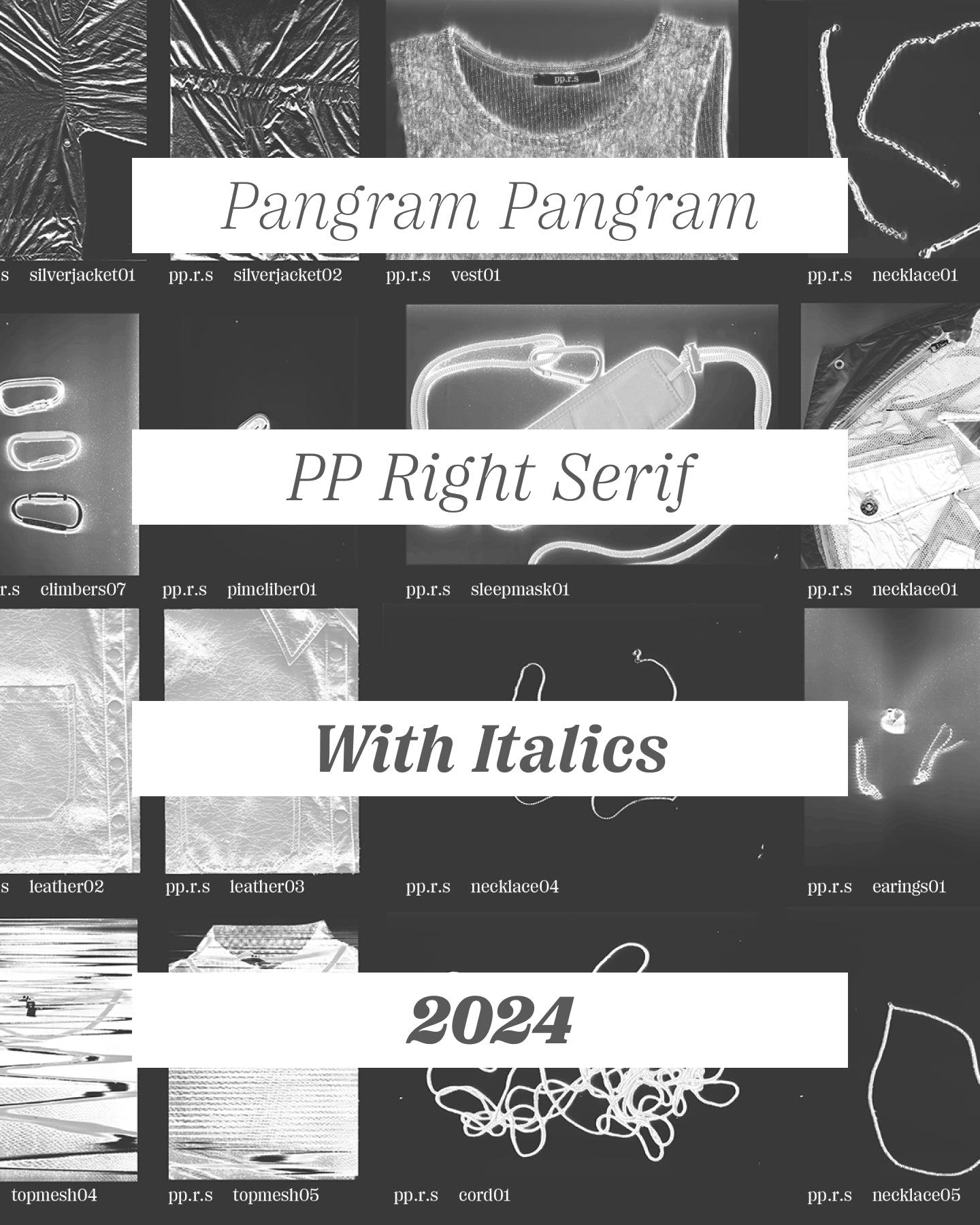
Right Serif
Italic Family
Glyphs set overview
Glyphs set overview
Glyphs View
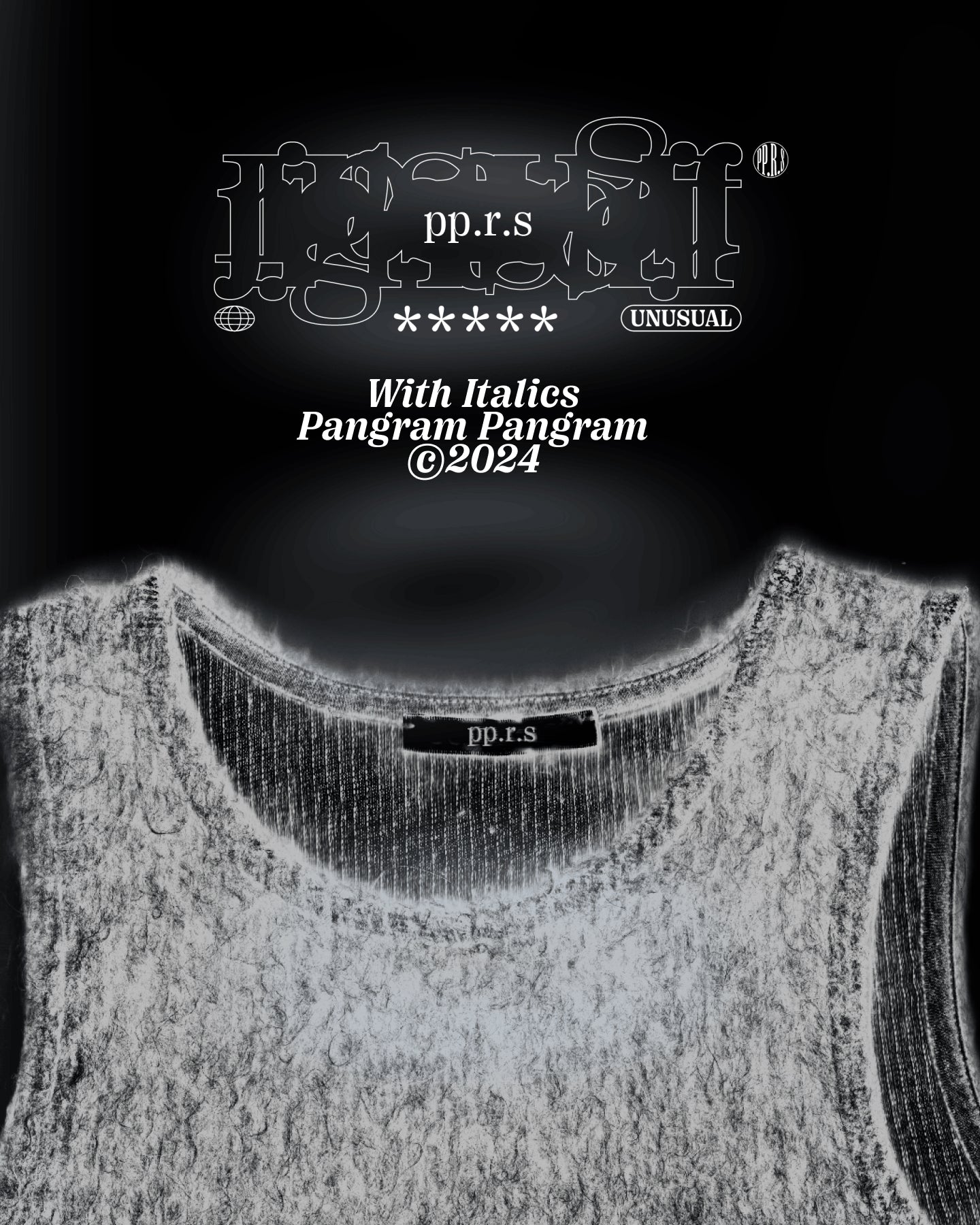
Right Serif Italic's Features
A spiced up workhorse
Right Serif is a funky multitool, a spiced up workhorse that stretches between being highly functional and having a unique personality. Unlike many other serif typefaces taking roots in history, Right Serif originated as a sans-serif (Right Gothic to be specific) growing serifs. From there, the typeface inherited moderate contrast and features common among grotesks but rare in serifs, notably large x-height and a wide range of variable styles covering 7 weights × 7 widths. Although the family is mostly intended for large and medium sizes, styles close to Regular work really well for paragraphs of smaller-sized text too.
Designer
Collaborator
Categories
- Serif
- Variable
Styles
- 7 Styles
7 Styles with 564 Glyphs each
Version
1.00
Latest update: November 2022
Available formats
OTF, TTF, WOFF, WOFF2
Language Support
Afrikaans, Albanian, Asu, Basque, Bemba, Bena, Breton, Catalan, Chiga, Colognian, Cornish, Croatian, Czech, Danish, Dutch, English, Estonian, Faroese, Filipino, Finnish, French, Friulian, Galician, Ganda, German, Gusii, Hungarian, Inari Sami, Indonesian, Irish, Italian, Jola-Fonyi, Kabuverdianu, Kalenjin ... (and more)
Commercial Licenses
Not sure what to get? Or can’t find the right coverage?
Please contact us for our tailored corporate licenses!
Need more information about our licenses?
Our FAQ usually contains most of the answers.
Explore the Right Serif sub-families by clicking on the cards below.
8 Sub-Families
